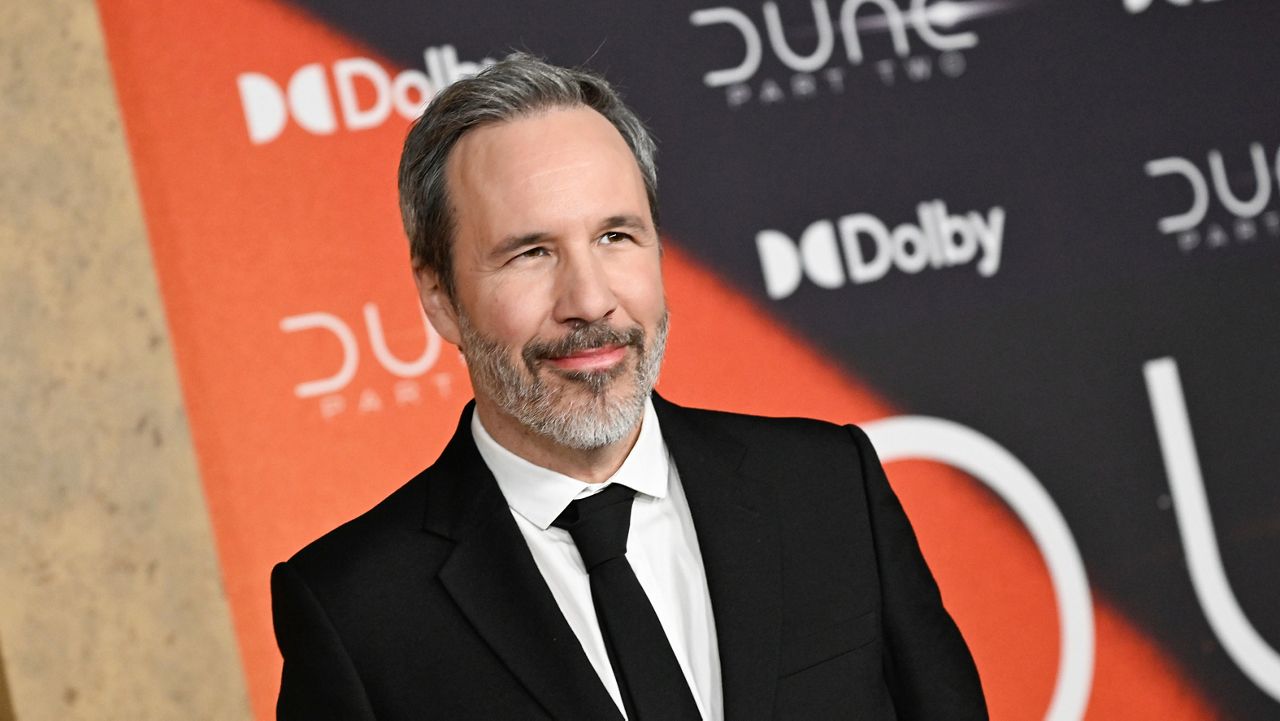
AUSTIN, Texas — Author Frank Herbert’s 1965 science fiction classic “Dune” was long considered unfilmable. Much of the narrative unfolds in internal monologue. It’s notoriously complicated and explores religion, politics, ecology and technology.
Cult filmmaker Alejandro Jodorowsky attempted a film adaptation in the 1970s. It was canceled because of its inflating budget.
In 1984, David Lynch’s “Dune” was released to negative reviews. It was confusing to audiences, largely because its 132-minute runtime jettisoned pivotal information.
A 2000 miniseries fared a little better. Aired on the Sci-Fi Channel, “Frank Herbert’s Dune” won two Emmy Awards and received some critical praise. Still, it was limited by budget. A sequel miniseries, “Frank Herbert’s Children of Dune,” followed in 2003.
It wasn’t until 2021’s “Dune” that Herbert’s epic was translated to the screen in a way that was satisfying to most of the novel’s fans. At the helm was director Denis Villeneuve, who also co-wrote the screenplay and co-produced.
Villeneuve – who previously directed 2015’s “Sicario,” 2016’s “Arrival” and 2017’s “Blade Runner 2049” – has stated in interviews several times that bringing “Dune” to the big screen has been his dream since childhood.
“Dune: Part Two” released in March 2024 and garnered more praise than the 2021 film, grossing nearly $380 million worldwide against a $190 million budget.
Unreal Engine helps power ‘Dune’
A South by Southwest panel this week, “Dune Two, Real-Time Tech & the Implications for Storytelling,” delved deep into how real-time tools and processes helped to bring the blockbuster sequel to life.
“Dune: Part Two” co-producer Jessica Derhammer joined filmmaker and self-described “frontier technologist” Brian Frager with Epic Games to discuss how the production balanced the practical with pre-visualization to best represent Herbert’s space epic.
According to Derhammer, Villeneuve wanted to “do everything practical and true and stay on site.” That wasn’t completely possible with a film of this magnitude, however. That’s where Unreal Engine came in.
Developed by Epic Games, Unreal Engine, a series of 3D computer graphics game engines, was created for PC first-shooters but has been adopted by other industries, most notably the film industry.
“This was a perfect, perfect situation and perfect software (with which) Deni had created his vision. (Cinematographer) Greig (Fraser) had put his touches on it, and Patrice (Vermette), our designer, had put his touches on it. And then we as a production came in and was like, ‘OK, so what do you need?’ Derhammer said.
Frager explained that the technology allowed the crew to pre-visualize sets and even characters. Drones can even be deployed to scout locations, and that data can be inputted to Unreal.
Unreal tech was combined by Villeneuve with traditional storyboards.
“As far as the creative side, very much there’s storyboards all throughout. That’s Deni’s love language – storyboards. That’s how he gets his vision out,” she said. “And then there were more problematic situations where we then brought in Unreal. Problematic means it’s a desert, we don’t know what we’re doing, or there’s an interior ornithopter that’s being built.”
“They didn’t replace each other, they kind of worked in tandem,” Derhammer explained.
VFX bolsters the practical
“Dune: Part Two” had two principal locations. The vast deserts were captured in Abu Dhabi. Rock formations were mostly shot in Jordan. Sets were constructed on massive stages.
“We all very quickly learned that there’s a lot of prep to do in the desert. We were spending two months total in the desert. We spent about one month in Jordan and one month in Abu Dhabi, but we were prepping it from Budapest,” Derhammer said.
Derhammer said Villeneuve would shoot everything practically if he could, but visual effects were needed. One example is the ornithopter, the preferred flying machine on the planet Arrakis. Unlike a helicopter, the vehicles fly like birds.
“There’s more practical than you would think because we’re in the location. Obviously all the ornithopters are visual effects,” she said. “A lot of the explosions, there are elements later placed in, but even the explosions we did real. We exploded a bunch of stuff in the desert to capture it in the light and then VFX put that into a thing. A lot of the flying stuff that you see, they’re real helicopters in the sky.”
Derhammer said that while technology like Unreal isn’t practical for all filming situations, it’s something she recommends her fellow producers familiarize themselves with.
“I would encourage many people in my position to explore Unreal, to explore other pre-visualization techniques that can help you support your director as much as you can,” she said. “And this was what this was all about – how we can support our director.”
Villeneuve’s dream
Derhammer said that what ultimately drove the enormous production crew and A-list cast was Villeneuve’s enthusiasm and a deep desire to give life to his vision.
“He’s so passionate. When he says, ‘I deeply love that,’ you’re like, ‘OK, we’re moving on.’ You want it for him. You want to see him succeed because this is his childhood dream. He does not hide it; he shows it,” she said.
Villeneuve has stated he’d like to make a third film, an adaptation of Herbert’s first sequel novel, “Dune Messiah.” Derhammer said she wouldn’t change the approach.
“Probably a lot of the same thing. It was a pretty well-oiled machine by the time we were done with it. Maybe a little more prep time would be nice. It honestly ended so well, and I don’t think I would have changed a thing,” she said.




















